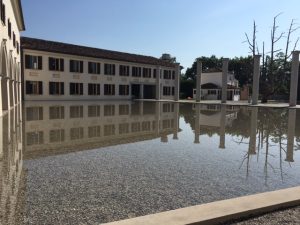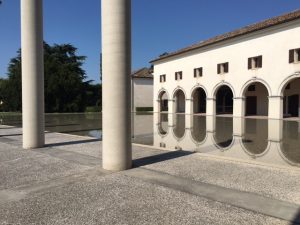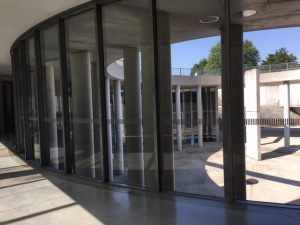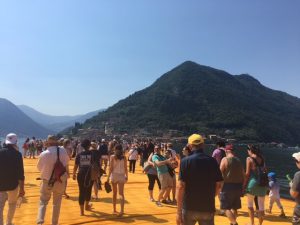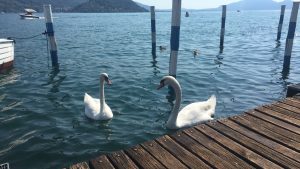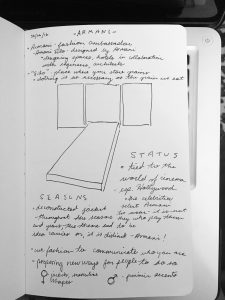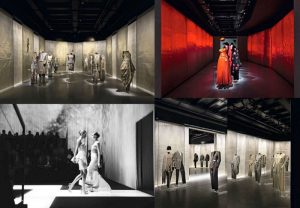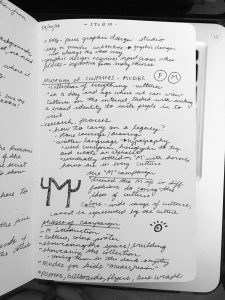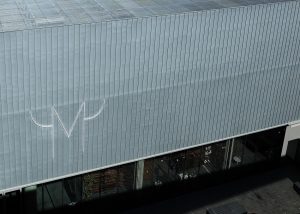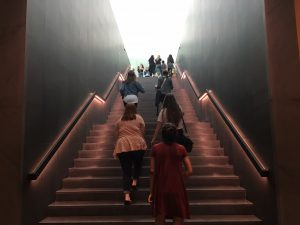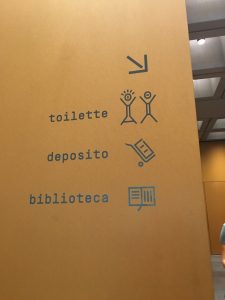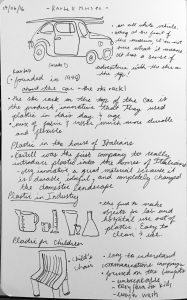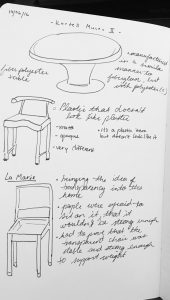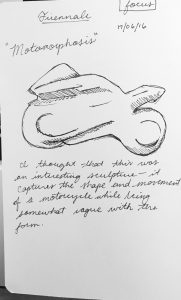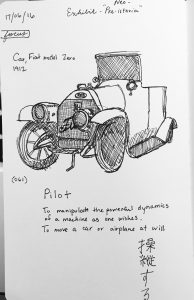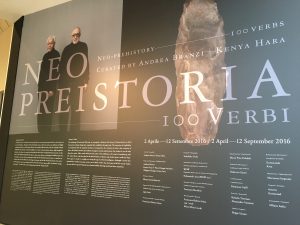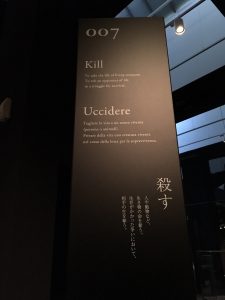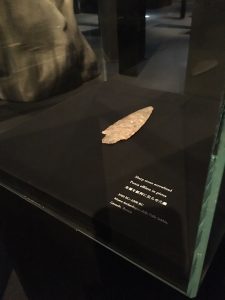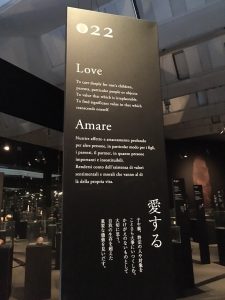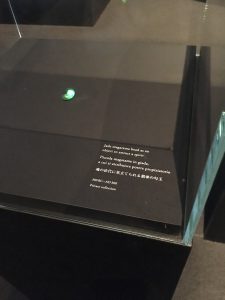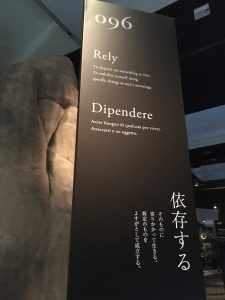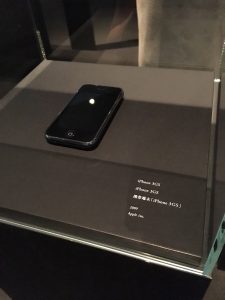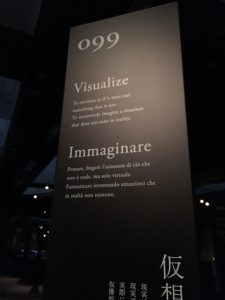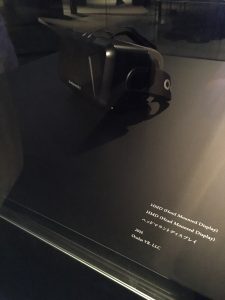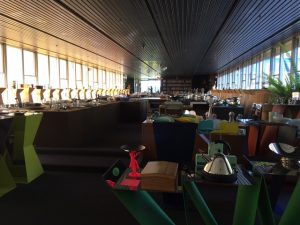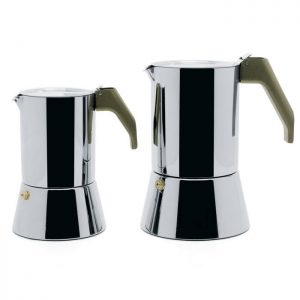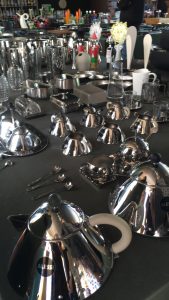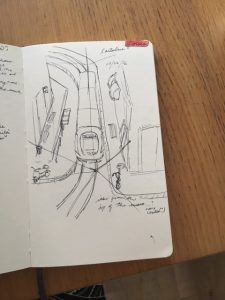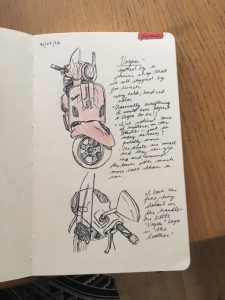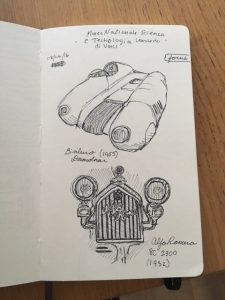The beginning
My journey through the incredible city of Milan and the country of Italy was marked by one thing: discomfort.
Let me explain. I experienced many things, many memories that I will carry with me for a lifetime. And none of them would have been possible if I had been comfortable during the trip.
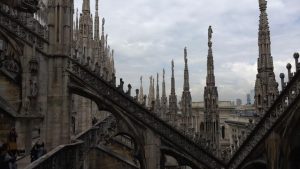
At this beginning stage of the course- full of excitement, adrenaline, and a sense of adventure- the discomfort was definitely a positive one. Every façade we passed in the streets seemed novel and mysterious- what secrets and history could lie behind these buildings? The sensation of not having a clue where you were on the map was exciting and I relished the opportunity to venture into uncharted territory.
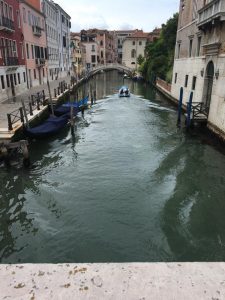
As a non-design major in this course- Design in Context- I found that design was something entirely different than what I had thought previously. Understanding the nuances found in the balance between aesthetic and function proved to be a thrilling challenge.
__
The middle
If the beginning of my trip was marked by discomfort found in novelty, then the middle was full of yearning for familiarity. The newness of everything had worn off, and while I was still filled with joy at every new location we visited, I occasionally found that joy tinged with sadness and a desire for something home.
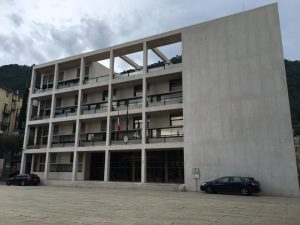
In this state of discomfort, I discovered patterns in my daily life in Italy. Through all of the differences, there was always something familiar. Taking knowledge from class a step further from my previous knowledge allowed me to deconstruct the world I was living in and find these similarities. Even where there were none, simply understanding the context behind the design, the architecture, and the people allowed me to connect the dots between my foreign surroundings.
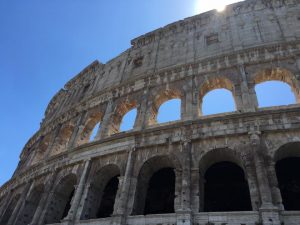
__
The end
As my journey in Italy neared its end, I fell myself falling into step with the pace and lifestyle of Milan and all of the lovely places that we visited. No longer was there any awkwardness as I walked the same path each morning to the metro, as I ordered a brioche and espresso.

Everything we learned in class came full circle as this feeling of a new normal overcame me. The little pieces of life that we take for granted- in the way we make our morning coffee, then sit on chairs in the kitchen pensively as we warm up in the morning- all have some design sensibility behind them. It all intersects in this marvelous way. Although the culture between Italy and the United States is different, I can see the threads of various context and how they run throughout everything, creating a marvelous tapestry of human culture.
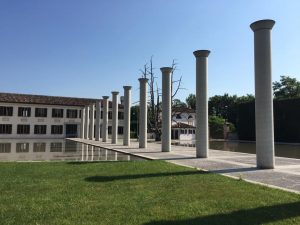
As I take in the world around me in Austin- one I used to consider ‘normal’- I find it all rather uncomfortable. Things that were once familiar I now view through a lens I gained through my travels. Through learning about “Design in Context”. Truly, I do not think I will ever be ‘comfortable’ again.
And that’s not a bad thing.
